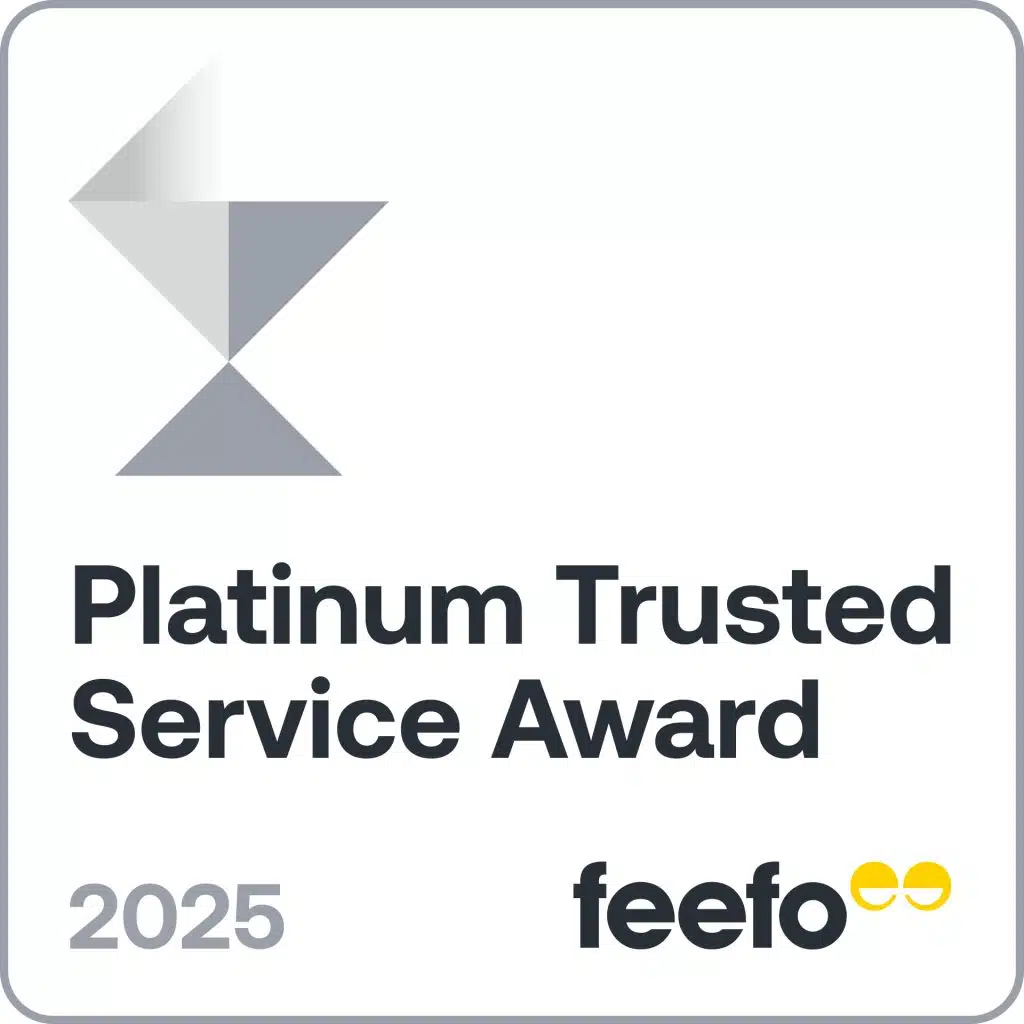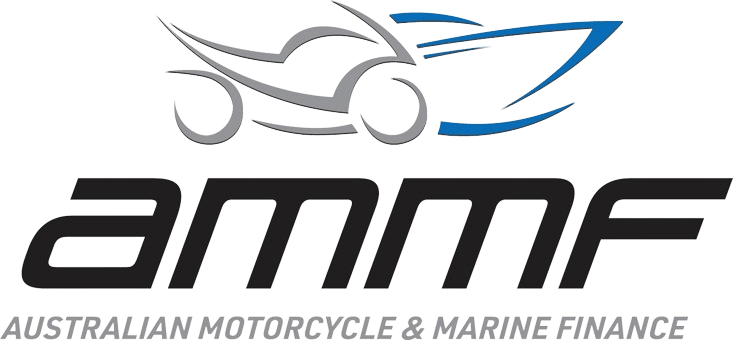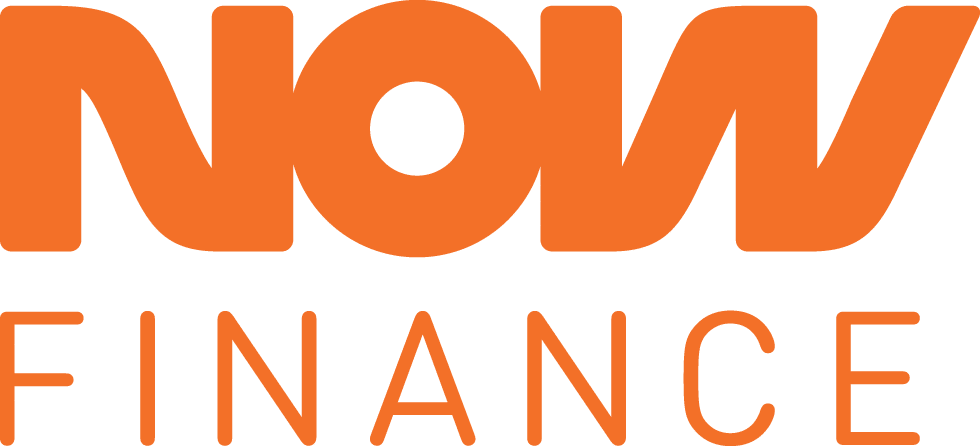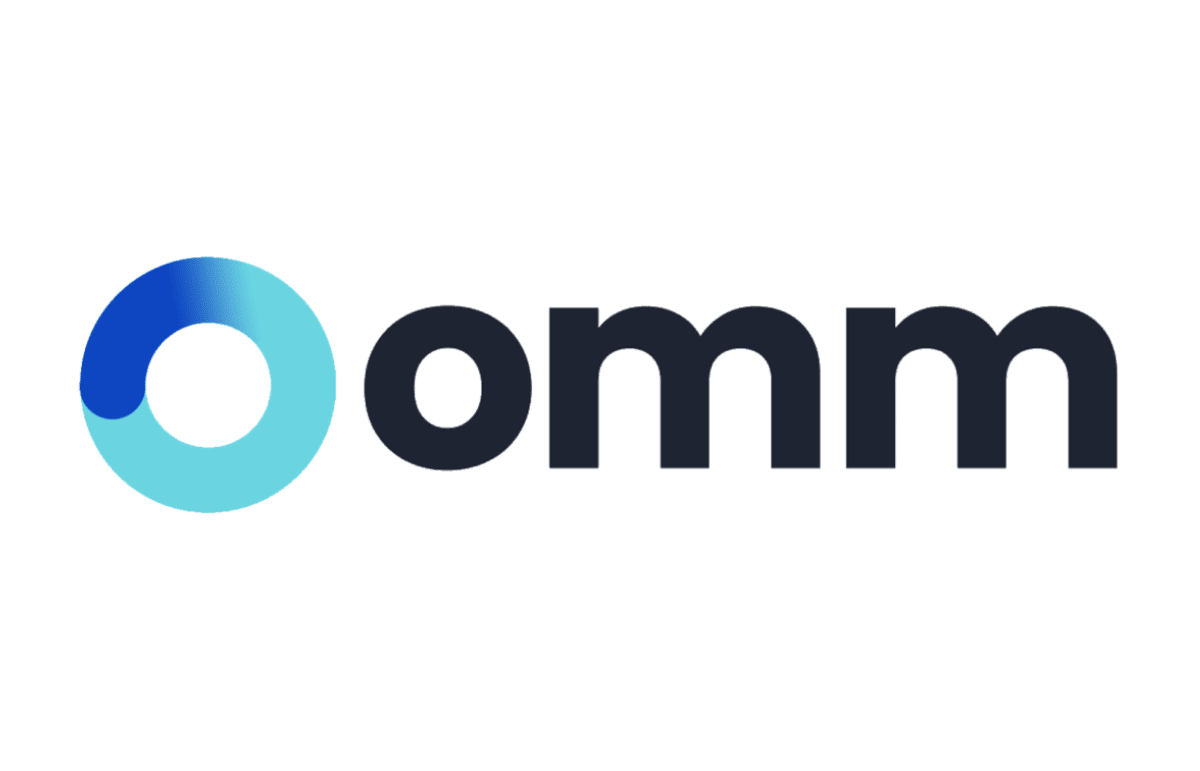Debt is a part of life for a large portion of the Australian population. 46% of Australians were living with debt at the start of 2025, according to a survey by The Salvation Army, while the Australian Securities and Investments Commission (ASIC) reported that 47% of adults in debt had struggled with repayments over the previous 12 months.
When you have mounting costs from multiple sources, especially high-interest ones like credit cards, taking out a debt consolidation loan could make them more manageable and potentially save you money in the process.
What is a debt consolidation loan?
A debt consolidation is simply a personal loan taken out for the purpose of bundling multiple debts into one payment. The way it works is simple: you borrow enough on your loan to cover two or more of these debts, use the money to pay your creditors and clear the outstanding balance and repay your loan debt in fixed instalments over one to seven years. This means you’re making a repayment to one company, rather than several different ones on varied schedules.
Debt consolidation loans can be either secured or unsecured. Unsecured finance means there’s no collateral as part of the agreement, meaning it’s often more widely available and quicker to process, as well as not putting a valuable asset at risk of repossession if you default. Secured loans do make use of an asset like your car as collateral, which opens the door for lower interest rates and higher maximum loan amounts.
These loans start from as little as $5,000 and can reach as high as $75,000 when unsecured, though some lenders will cap them at $50,000. With security, though, you could potentially borrow as much as $100,000, though your actual borrowing power will depend on things like your income, expenses, credit score, the value of your security (if applicable) and more.
What are the interest rates on debt consolidation loans?
Debt consolidation loans can come with the same minimum rates as any other personal loan, which can start from as low as the 6.00% p.a. to 7.00% p.a. range. However, in many cases, those with mounting debts that may be overdue could find that the rates available rise above 20.00% p.a. (all figures correct as of October 2025).
The best deal on offer for you will depend on a range of factors, including:
- Credit score and history: the better your score and less complicated your history, the better the rate you’ll receive.
- Income and expenses: you’ll need to show your lender that you’re earning enough to comfortably support your loan payments after expenses are deducted.
- How you’re managing your debt: further to your income, if you’ve stayed on top of your debts up to this point and show that you’re still capable of covering them, you’re more likely to get a better rate than if you can’t keep up and are falling behind.
- Borrowing history: a record of managing similar debts without issue in the past will also boost your chances of approval for a good rate.
- Employment: staying in the same job for a long period looks better on an application than frequent employment changes.
When you apply through Savvy, one of our friendly brokers will reach out to you to discuss the best available debt consolidation loan solution. They’ll also give you an indicative interest rate provided by one of our partnered lenders.
How much can I save with a debt consolidation loan?
It's important to understand how consolidating your debts can save you money across your term. Take the following example:
Clare is looking to consolidate her several outstanding debts into one payment. At the moment, she owes $10,000 on a four-year car loan at 9.50% p.a., $7,500 on another personal loan over three years at 11.00% p.a. and two credit card debts: $5,000 at 21.50% p.a. and $2,500 at 23.00% p.a.
The following tables show what her repayments look like each month with all four debts:
| Debt type | Amount owed | Interest rate | Term | Monthly payment | Total cost |
|---|---|---|---|---|---|
| Car loan | $10,000 | 9.50% p.a. | Four years | $252 | $12,060 |
| Personal loan | $7,500 | 12.00% p.a. | Three years | $250 | $8,968 |
| Credit card | $5,000 | 21.50% p.a. | Four years* | $155 | $7,322 |
| Credit card | $2,500 | 23.00% p.a. | Three years* | $95 | $3,418 |
| Total | $25,000 | N/A | Four years | $741 | $31,768 |
| *Credit card debts come without a set repayment schedule. These calculations assume Clare pays enough each month to have the $5,000 debt cleared in four years and the $2,500 debt cleared in three years. Following the minimum payments for these debts, each would take over 30 years to be fully repaid. | |||||
Clare looks around for quotes for debt consolidation loans and finds one with an interest rate of 8.50% p.a. She calculates that a loan to cover her debts repaid over four years would look like this:
| Debt type | Amount owed | Interest rate | Term | Monthly payment | Total cost |
|---|---|---|---|---|---|
| Debt consolidation loan | $25,000 | 8.50% p.a. | Four years | $617 | $29,578 |
By consolidating her debts, Clare would save almost $2,200 overall and trim the total monthly cost by more than $120 in the process.
It’s important to have an idea of what your loan might cost you overall before you apply. Fortunately, Savvy’s personal loan calculator is simple to use and lets you know how much your repayments could be.Personal Loan Repayment Calculator
Your estimated repayments
$98.62
Total interest paid:
Total amount to pay:
$1233.43
$5,143.99
Debt consolidation vs balance transfers: how they’re different
If you’re looking to clear your credit card debts, a balance transfer card may be another option for you. This is another type of credit card that comes with 0% p.a. interest for a certain introductory period (up to two years in some cases).
By moving your outstanding credit card debt from your current card (or cards) to your new balance transfer card, you can potentially lock in crucial savings. However, this is only the case if you’re able to pay it off within the interest-free period on your balance transfer card.
Once this introductory period is over, your card will revert to a much higher rate for any debt still unpaid. You’ll also need to pay a balance transfer fee of up to 3.00% of your debt, which will eat into your savings.
So, which option is best for you? Here’s where balance transfers or debt consolidation loans may be better than the other:
- If your credit card debt is small enough to be repaid within a short period, a balance transfer may suit you more.
- If your debts are from multiple sources, not just credit cards, a debt consolidation loan is likely to be the only option.
- If your debts are larger than the credit limit you’d be offered on a balance transfer card, you’ll be looking for a loan.
How to apply for a debt consolidation loan with Savvy
-
Complete our online form
Share details about your income and debts, as well as how much you want to borrow.
-
Send your documents
Submit all the required documents to us so we can verify your profile.
-
Speak to your Savvy broker
Your broker will give you a call to discuss your situation and available options.
-
Have your application prepped
If you’re happy with everything, your broker will submit your application to your lender.
-
Get approved and sign your contract
Once approved, all you’ll have to do is sign off on everything and the funds will be sent to you.
Why apply for a personal loan with Savvy?
Help from the experts
When you submit your application, one of our consultants will compare the best available options and walk you through the process.
Paperless applications
You don't need to worry about sifting through documents and visiting the post office, as they can all be submitted online.
Reputable lending partners
We've partnered with personal loan companies you can trust to ensure your comparison is a high-quality one.
Debt consolidation vs debt agreement
Another solution for dealing with significant debt is a debt agreement (also known as a Part IX debt agreement). However, this is very different to a debt consolidation loan. A debt agreement is a legal document designed for those who are unable to repay their debts in full to creditors, such as if they’ve become insolvent. It’s essentially an alternative to becoming bankrupt.
Under a debt agreement, you’ll arrange to pay back a manageable portion of your debts to a debt agreement administrator, who then disburses the funds to your creditors. What’s most important to note about this is that it’ll have a significant negative impact on your credit file and will likely have an impact on your ability to access credit in the future.
It’ll stay on your credit file for at least five years, as well as on the National Personal Insolvency Index (NPII). However, personal loan approval may still be possible under a Part IX debt agreement.
You should only seek to enter a debt agreement if it’s absolutely necessary and you’re unable to pay off your debt in any other way. If you’re unsure whether to apply for a debt consolidation loan or seek to enter a debt agreement, speak with your accountant or a financial counsellor.
Personal loan eligibility and documentation
Eligibility
-
Age
You must be at least 18 years of age
-
Residency
You must be an Australian citizen or permanent resident (or, in some cases, an eligible visa holder)
-
Income
You must be earning a stable income that meets your lender’s minimum threshold (this can start from as little as $20,000 per year)
-
Employment
You must be employed on a permanent, casual or self-employed basis
-
Credit score
You must meet your lender’s minimum requirements related to your credit score and not be bankrupt or under a Part IX debt agreement
-
Contact
You must have an active phone number, email address and online bank account in your name
Documents
-
Personal information
Your full name, date of birth, address and contact details
-
Photo ID
Such as a driver's licence or passport
-
Payslips
Your last two consecutive payslips (or your last tax return if you're self-employed)
-
Assets and liabilities
Information about any assets you own (such as a car or house) and liabilities in your name (such as other loans)
-
Bank statements
90 days of bank statements may be requested, but not always
- 46% of Australians starting 2025 with debt, 30% unable to create a personal budget, new Salvos research finds - The Salvation Army
- 5 million+ Australians have struggled to make loan and debt repayments, yet many not asking for help - Australian Securities and Investments Commission
- The National Personal Insolvency Index - Australian Financial Security Authority
- National Debt Helpline - National Debt Helpline
- Way Forward - Way Forward
- Mob Strong Debt Help - Financial Rights Legal Centre
- Financial counselling - Moneysmart

















